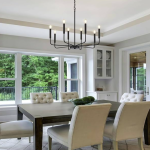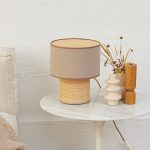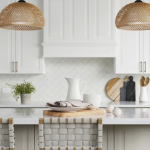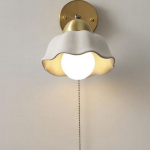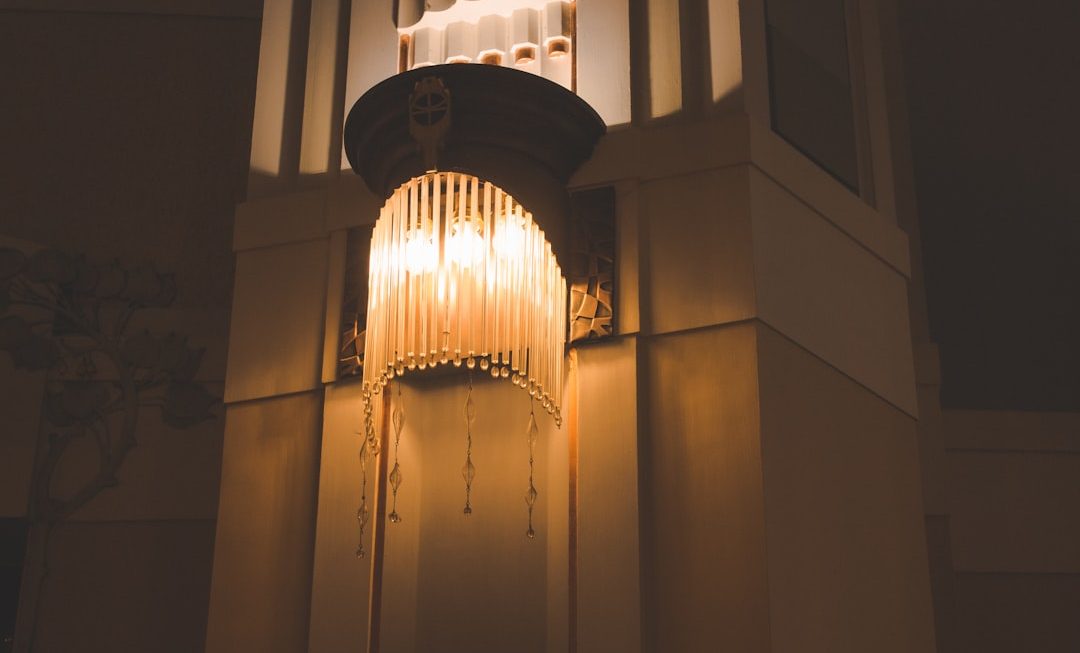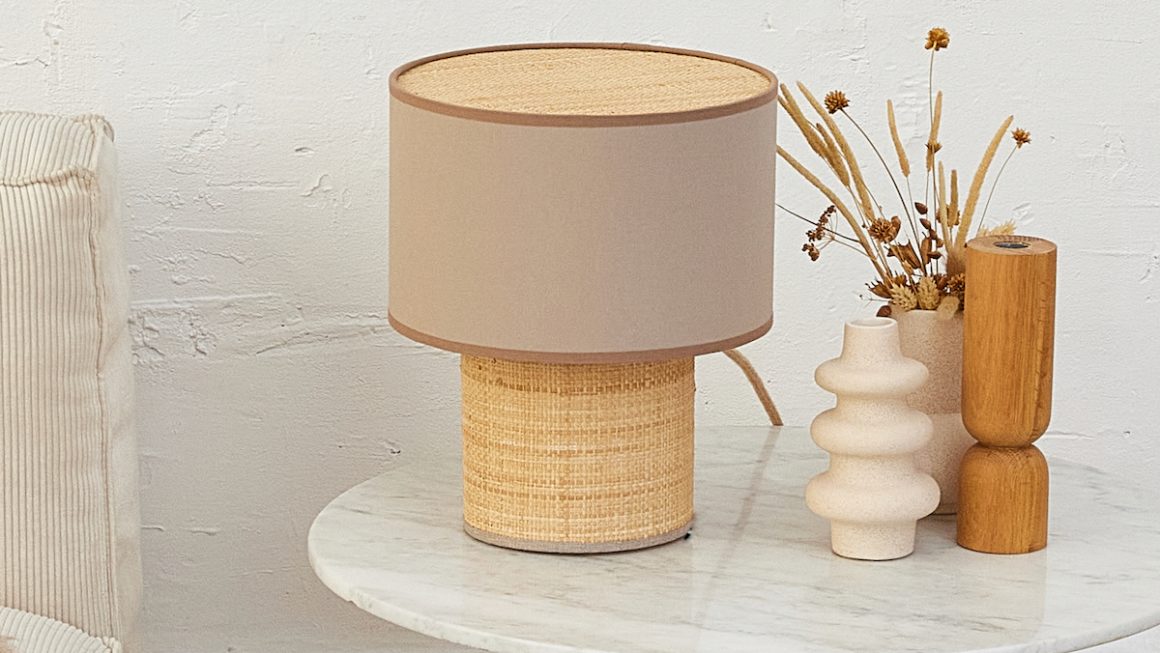Lighting is an essential element in interior design that often goes overlooked. It has the power to transform a space, create ambiance, and highlight or detract from certain features. Whether you’re designing a new home or updating your current space, it’s important to consider the role that lighting plays in the overall design. In this article, we will explore the importance of lighting in interior design, the different types of lighting, modern lighting trends and styles, how to choose the right light fixtures for your space, creating ambiance with decorative lighting, tips for layering your lighting, incorporating statement lighting for a dramatic effect, maximizing natural light in your home, energy-efficient lighting solutions, and maintaining and cleaning your light fixtures.
The Importance of Lighting in Interior Design
Lighting has a significant impact on the mood and ambiance of a space. The right lighting can make a room feel warm and inviting, while the wrong lighting can make it feel cold and unwelcoming. It can also affect our emotions and well-being. For example, bright and cool lighting can help increase productivity and focus in a workspace, while soft and warm lighting can create a relaxing atmosphere in a bedroom or living room.
In addition to setting the mood, lighting can also highlight or detract from certain features in a room. For example, strategically placed spotlights can draw attention to a piece of artwork or architectural detail, while poor lighting can make a beautiful feature go unnoticed. It’s important to consider the purpose of each space and how lighting can enhance or diminish its functionality and aesthetics.
Understanding the Different Types of Lighting
There are three main types of lighting: ambient, task, and accent. Each type serves a different purpose in a space.
Ambient lighting is the general illumination that provides overall brightness to a room. It is usually achieved through ceiling-mounted fixtures such as chandeliers or recessed lights. Ambient lighting should be evenly distributed throughout the space to create a comfortable and well-lit environment.
Task lighting is focused lighting that is used for specific activities such as reading, cooking, or working. It is usually provided by desk lamps, under-cabinet lights, or pendant lights. Task lighting should be bright enough to prevent eye strain and shadows, but not so bright that it creates glare.
Accent lighting is used to highlight specific features or objects in a room. It can be achieved through track lighting, wall sconces, or picture lights. Accent lighting adds depth and visual interest to a space by creating contrast and highlighting focal points.
Modern Lighting Trends and Styles
In recent years, there have been several lighting trends and styles that have gained popularity in interior design. One of the most popular trends is the use of industrial-style lighting fixtures. These fixtures often feature exposed bulbs, metal finishes, and vintage-inspired designs. They add a touch of ruggedness and character to a space.
Another trend is the use of geometric-shaped lighting fixtures. These fixtures often have clean lines and angular shapes that add a modern and contemporary feel to a room. They can be used as statement pieces or as subtle accents.
In terms of styles, there has been a resurgence of mid-century modern lighting. These fixtures often feature organic shapes, natural materials, and retro-inspired designs. They add a sense of nostalgia and sophistication to a space.
How to Choose the Right Light Fixtures for Your Space
When choosing light fixtures for your space, there are several factors to consider. First, consider the size of the room. A small room may require fewer and smaller fixtures, while a large room may require more and larger fixtures to provide adequate lighting.
Next, consider the purpose of the room. Different rooms have different lighting needs. For example, a kitchen may require bright task lighting for cooking and food preparation, while a bedroom may require soft ambient lighting for relaxation and sleep.
It’s also important to consider the style of the room and the overall design aesthetic. Choose light fixtures that complement the existing decor and enhance the overall look and feel of the space. For example, if you have a modern and minimalist design, choose light fixtures with clean lines and simple designs.
Creating Ambiance with Decorative Lighting

Decorative lighting is a great way to add personality and style to a space. It can be used as a focal point or as a subtle accent. There are many different types of decorative lighting fixtures to choose from, including chandeliers, pendant lights, wall sconces, and table lamps.
Chandeliers are often used in dining rooms or entryways to create a sense of grandeur and elegance. They come in a variety of styles and sizes, from traditional crystal chandeliers to modern and minimalist designs.
Pendant lights are versatile fixtures that can be used in any room. They can be hung individually or in clusters to create a dramatic effect. Pendant lights come in a wide range of styles, from industrial-inspired designs to colorful and whimsical options.
Wall sconces are great for adding ambient lighting and creating a warm and inviting atmosphere. They can be used in hallways, bedrooms, or living rooms to provide soft and diffused light. Wall sconces come in a variety of shapes and finishes to suit any design aesthetic.
Table lamps are perfect for adding task lighting or creating a cozy reading nook. They come in a variety of sizes and styles, from sleek and modern designs to vintage-inspired options. Table lamps can be placed on bedside tables, desks, or side tables to provide focused lighting.
Tips for Layering Your Lighting
Layering different types of lighting is key to creating a balanced and functional space. By combining ambient, task, and accent lighting, you can create different levels of brightness and highlight different areas of a room.
Start by determining the main source of ambient lighting. This could be a ceiling-mounted fixture or a combination of recessed lights and track lighting. Make sure the ambient lighting is evenly distributed throughout the space to provide adequate brightness.
Next, add task lighting where needed. This could be a desk lamp in a home office, under-cabinet lights in a kitchen, or reading lights in a bedroom. Task lighting should be bright enough to provide adequate illumination for specific activities.
Finally, add accent lighting to highlight specific features or objects in a room. This could be track lighting to highlight artwork, wall sconces to create a focal point, or picture lights to showcase photographs. Accent lighting adds depth and visual interest to a space.
Incorporating Statement Lighting for a Dramatic Effect
Statement lighting is a great way to add drama and interest to a space. It can be used as a focal point or as a conversation starter. There are many different types of statement lighting fixtures to choose from, including oversized chandeliers, sculptural pendant lights, and unique floor lamps.
Oversized chandeliers are perfect for creating a sense of grandeur and elegance in a room. They can be used in dining rooms, entryways, or living rooms to make a bold statement. Oversized chandeliers come in a variety of styles and finishes to suit any design aesthetic.
Sculptural pendant lights are great for adding visual interest and creating a focal point in a room. They come in a variety of shapes and materials, from abstract designs to organic forms. Sculptural pendant lights can be hung individually or in clusters to create a dramatic effect.
Unique floor lamps are perfect for adding drama and style to a space. They can be used as standalone pieces or as part of a larger lighting scheme. Unique floor lamps come in a variety of styles and sizes, from sleek and modern designs to vintage-inspired options.
Maximizing Natural Light in Your Home
Natural light has many benefits in a space. It can make a room feel larger and more open, improve mood and well-being, and reduce the need for artificial lighting. There are several ways to maximize natural light in your home.
First, consider the placement of windows and doors. Position them in areas where they can capture the most natural light, such as south-facing walls. Avoid blocking windows with furniture or heavy curtains that can obstruct the flow of light.
Next, use light-colored and reflective surfaces to bounce natural light around the room. Paint walls and ceilings in light colors, choose furniture with light upholstery, and use mirrors to reflect light. This will help create a bright and airy atmosphere.
Finally, consider the use of skylights or solar tubes to bring in additional natural light. Skylights are great for adding natural light to rooms with limited wall space, such as bathrooms or hallways. Solar tubes are a cost-effective alternative that can bring natural light into any room.
Energy-Efficient Lighting Solutions
Energy-efficient lighting is not only good for the environment but also for your wallet. It can help reduce energy consumption and lower electricity bills. There are several energy-efficient lighting solutions to choose from.
LED (light-emitting diode) lights are one of the most energy-efficient options available. They use up to 80% less energy than traditional incandescent bulbs and last up to 25 times longer. LED lights come in a variety of shapes and sizes, from bulbs to strips to panels.
Compact fluorescent lamps (CFLs) are another energy-efficient option. They use up to 75% less energy than incandescent bulbs and last up to 10 times longer. CFLs come in a variety of shapes and sizes, from bulbs to tubes to floodlights.
Smart lighting systems are also gaining popularity as an energy-efficient solution. These systems allow you to control your lights remotely and adjust brightness levels to save energy. Smart lighting systems can be controlled through a smartphone app or voice commands.
Maintaining and Cleaning Your Light Fixtures
Regular maintenance and cleaning of your light fixtures are important to ensure they function properly and look their best. Here are some tips for maintaining and cleaning different types of light fixtures.
For ceiling-mounted fixtures such as chandeliers or pendant lights, dust regularly with a soft cloth or feather duster. Avoid using harsh chemicals or abrasive materials that can damage the finish. If the fixture has removable parts, such as glass shades or crystals, clean them separately with mild soap and water.
For wall sconces or picture lights, dust regularly with a soft cloth or brush attachment on a vacuum cleaner. If the fixture has glass shades, clean them with mild soap and water. Avoid spraying cleaning solutions directly onto the fixture to prevent damage.
For table lamps or floor lamps, dust regularly with a soft cloth or brush attachment on a vacuum cleaner. If the lampshade is fabric, gently vacuum or brush off any dust. If the lampshade is plastic or glass, clean it with mild soap and water.
It’s also important to check the wiring and electrical connections of your light fixtures regularly. Look for any signs of wear or damage, such as frayed wires or loose connections. If you notice any issues, contact a professional electrician to repair or replace the fixture.
In conclusion, lighting plays a crucial role in interior design. It has the power to transform a space, create ambiance, and highlight or detract from certain features. By understanding the different types of lighting, considering modern lighting trends and styles, choosing the right light fixtures for your space, creating ambiance with decorative lighting, layering your lighting, incorporating statement lighting for a dramatic effect, maximizing natural light in your home, using energy-efficient lighting solutions, and maintaining and cleaning your light fixtures, you can create a well-lit and visually appealing space that meets your needs and enhances your overall design aesthetic. So, the next time you’re designing or updating your space, don’t forget to consider your lighting choices.

